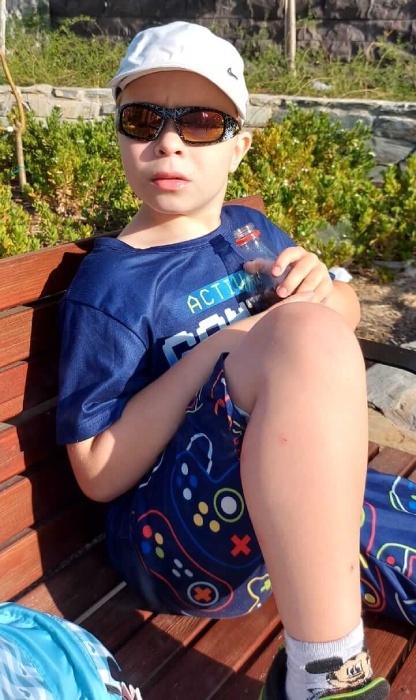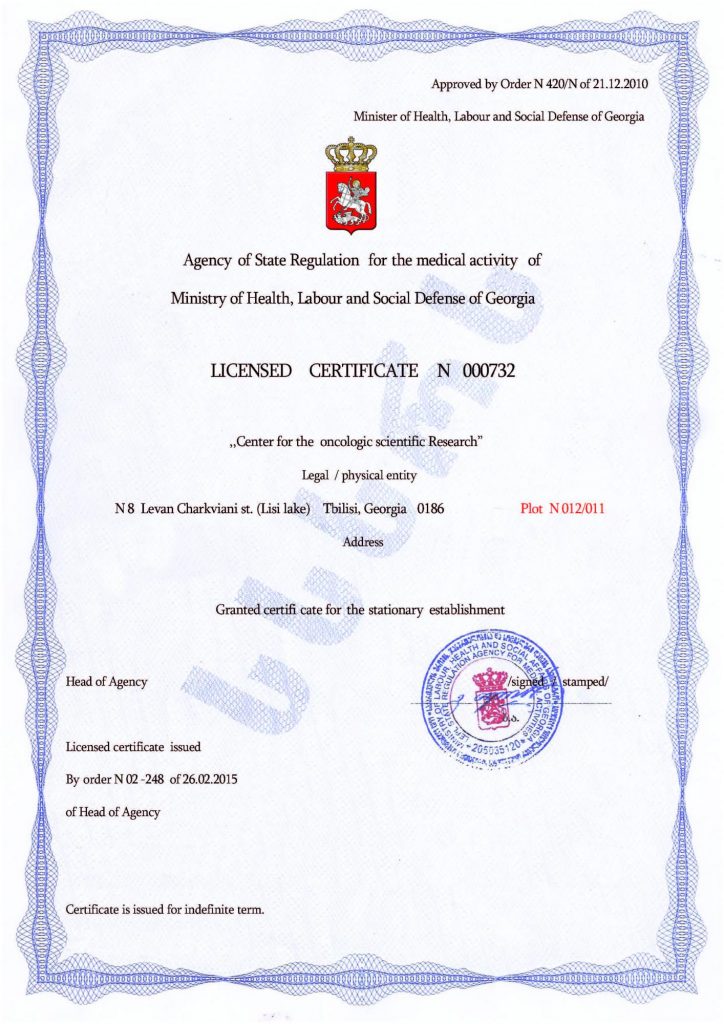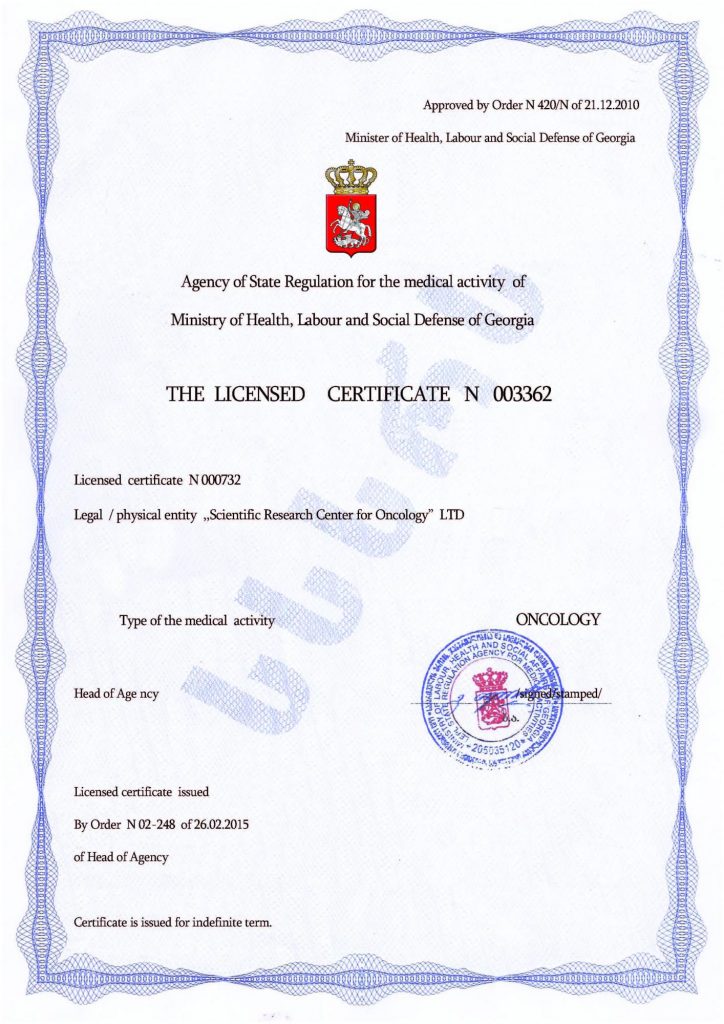Effective Strategies for Teaching an Autistic Child to Dress Independently
Teaching an autistic child to dress involves breaking down the process into manageable steps, using clear and consistent strategies. Here are some practical tips to support them in learning how to dress:
1. Break the task into smaller steps
- Example of steps: Start with one piece of clothing at a time, such as putting on socks, followed by pants, then a shirt, and so on. Use visual or written instructions to highlight each step.
- Use visual aids: Pictures or videos showing the sequence of dressing can be very helpful. You might also create a chart with pictures of each item of clothing and step-by-step instructions.
2. Use clear and consistent language
- Use simple, direct language to describe each step. For example: “Pull the shirt over your head” or “Put your right leg in the pants.”
- Avoid long explanations that might overwhelm the child.
3. Provide physical assistance as needed
- Offer gentle hand-over-hand support if needed, but gradually reduce your involvement as the child becomes more independent.
- Start by helping them put on the clothing, then slowly encourage them to do more on their own as they get more comfortable.
4. Incorporate sensory considerations
- Some children with autism may have sensitivities to certain fabrics or textures. Pay attention to their preferences and try different types of clothing that feel comfortable to them.
- Allow them to have input into their clothing choices, such as picking out clothes they feel comfortable wearing.
5. Use a consistent routine
- Dressing should follow a consistent, predictable routine so the child knows what to expect.
- Set specific times for dressing, such as after waking up or before going to bed, and try to stick to the same order each time.
6. Provide positive reinforcement
- Praise and reward the child when they successfully complete a step or task. Rewards can be verbal praise, a sticker, or a favorite activity.
- Acknowledge small successes to build confidence and motivation.
7. Model the behavior
- Demonstrate how to dress by modeling the process for the child. They can learn by watching and then imitating your actions.
8. Use social stories
- Social stories can help the child understand what is expected of them and reduce anxiety about the dressing process.
- These stories could include step-by-step pictures or simple narratives about getting dressed.
9. Be patient and flexible
- It may take time for an autistic child to learn to dress independently. Celebrate progress, no matter how small, and be patient as they continue to practice.
- If the child resists certain clothing or steps, try to troubleshoot what might be causing discomfort and adjust accordingly.
By using these strategies, you can create a supportive and structured environment that helps the child learn to dress independently over time.
Autism Treatment Center Videos
Autism treatment with own stem cells
Cord blood association congress
International Quality Crown
Autism Treatment Reviews
Autism treatment with own stem cells
The story of Alessandro (6 years old)
Autism Patient Testimonial - Stem Cell Treatment
Clients Testimonials
My name is Anna, and I am the mother of a five-year-old boy named Sasha, who has an autism spectrum disorder. For a long time, I had been searching for a clinic specializing in stem cell transplantation, as I had heard a lot about this treatment. Eventually, I decided to choose the Mardaleishvili Clinic in Georgia — and I am convinced it was the right choice. The transplantation went successfully, and I truly felt that we had placed our trust...

Anna – Sasha’s mother Read More
My son Amirkhon is 6 years old, and we are from Uzbekistan. In July 2024, he underwent a transplantation of own stem cells for autism correction at the Mardaleishvili Medical Centre in Georgia. Just three months after the transplantation, we began to notice the first positive changes. Before the procedure, Amirkhon had only echolalia — he used to repeat the words and phrases he heard. Now he speaks on his own and expresses his own thoughts. His concentration and ability...
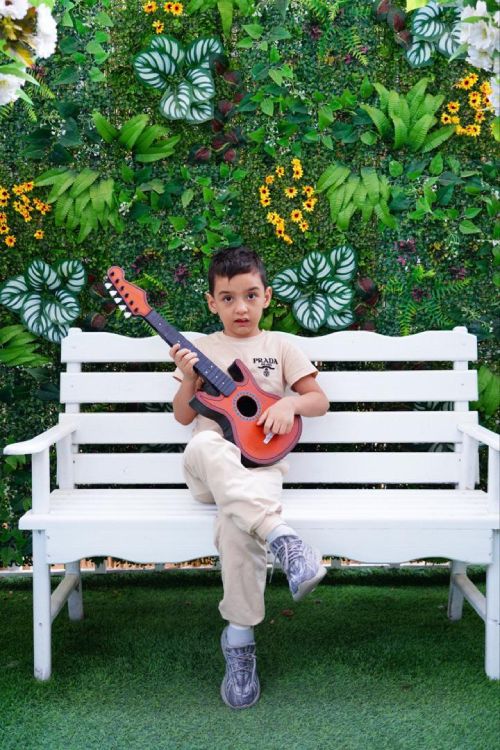
Amirkhon’s father — Tokhir Read More
In December 2024, my daughter Dilana (4 years old) underwent a transplantation of her own stem cells for autism correction at the Mardaleishvili Clinic in Georgia. Since the transplantation, Dilana has definitely shown improvements. She learned to use the toilet, which she couldn’t do before. Before the transplantation, Dilana did not speak and didn’t respond to her name, but now she almost fully understands spoken language. Dilana has become much more sociable, approaches other children more often, tries to make...
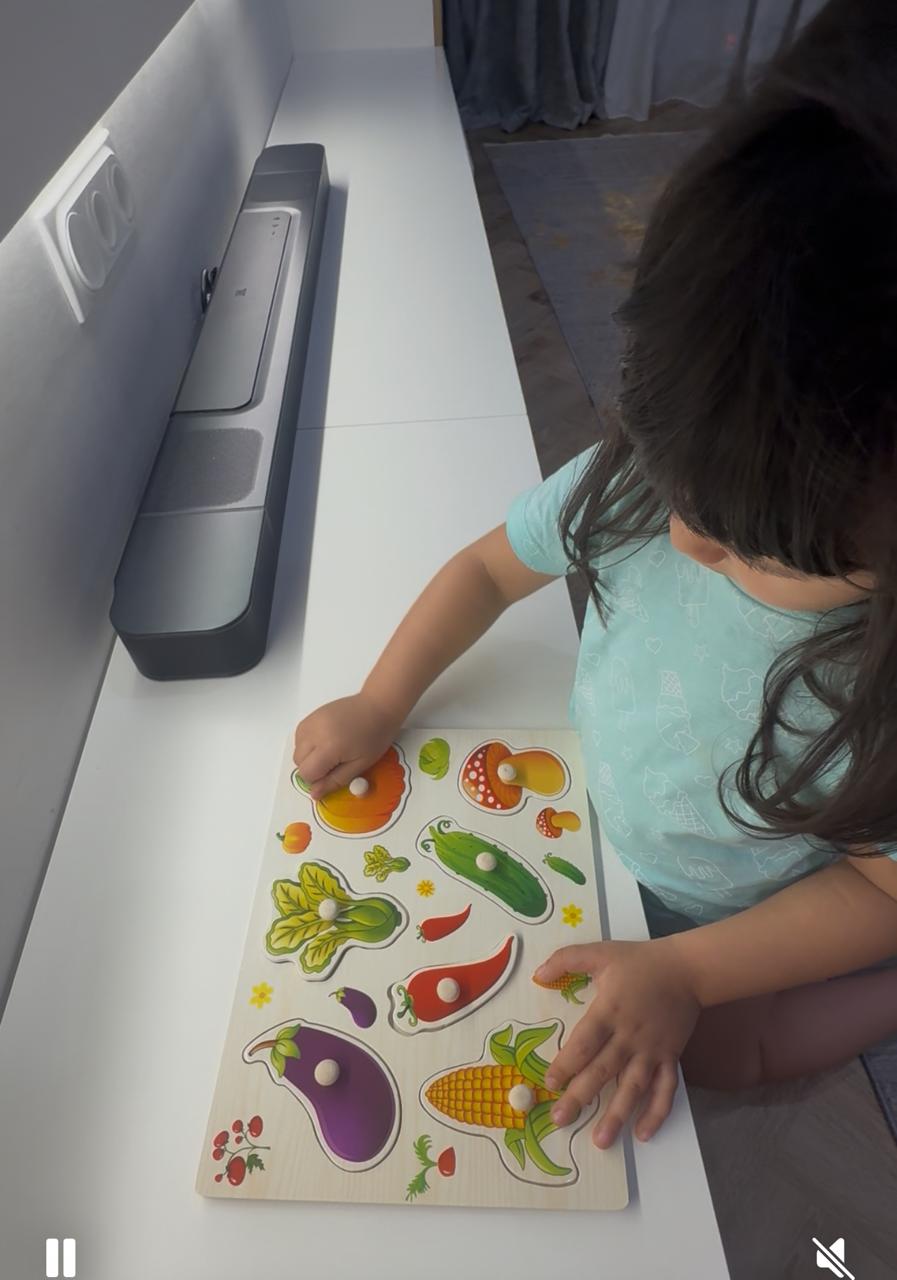
Dilana’s mother Read More
We are the parents of a special boy, Ilya. In February 2025, we came to Georgia from USA so that Ilya could undergo a transplantation of his own stem cells for autism correction at the Mardaleishvili Clinic. Ilya has changed a lot over these six months: he began speaking in long sentences, asks many questions, and is interested in various information. Before the procedure, he didn’t express emotions; now he has become more emotional and has learned to joke. His...

Irina and Stefan – Ilya’s parents Read More
My name is Kristina, I am the mother of twins Nelly and Nik. At the age of five, my children underwent a transplantation of their own stem cells at the Mardaleishvili Clinic in Georgia for autism correction. Since Nik’s condition was initially more complicated than Nelly’s, the results with Nelly appeared more noticeable. Before the transplantation, she could only produce sounds. But within six months afterwards, she started to speak and form phrases. Now she speaks in long sentences, can...
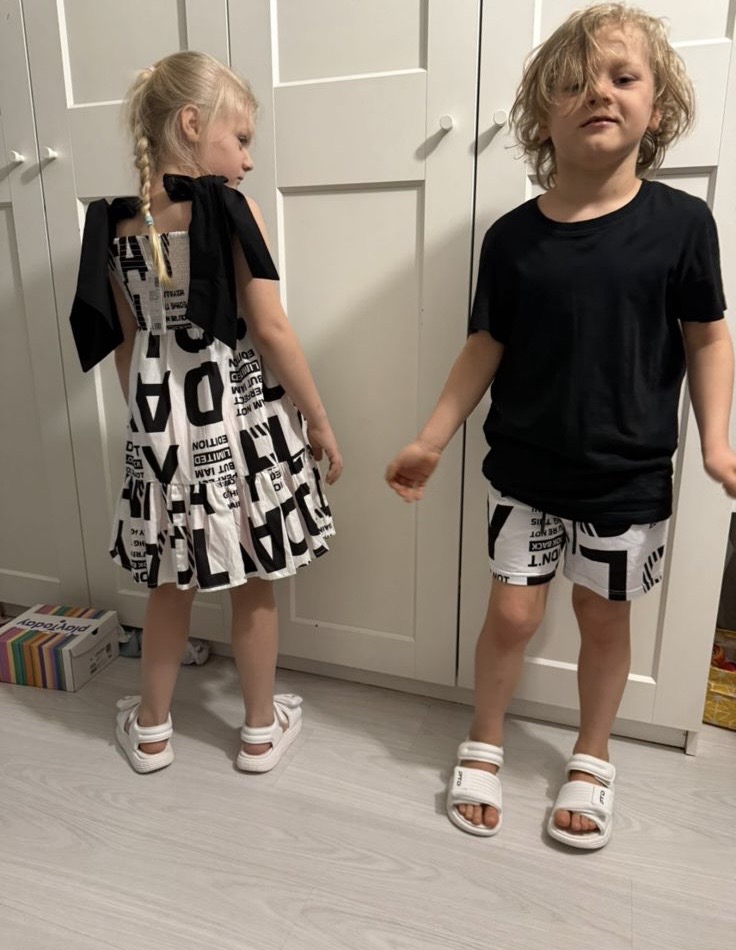
Kristina – mother of Nelly and Nik Read More
Letter from the parents of Maxim, who underwent stem cell transplantation in March 2025 at the Mardaleishvili Clinic in Georgia. When our son was 1.5 years old, he was diagnosed with autism. Now he is 7.5 years old, and throughout all this time, we have made every possible effort to help him and make his life healthier and more normative. We turned to a wide variety of specialists working with autistic children, but there was no noticeable effect. To be...
